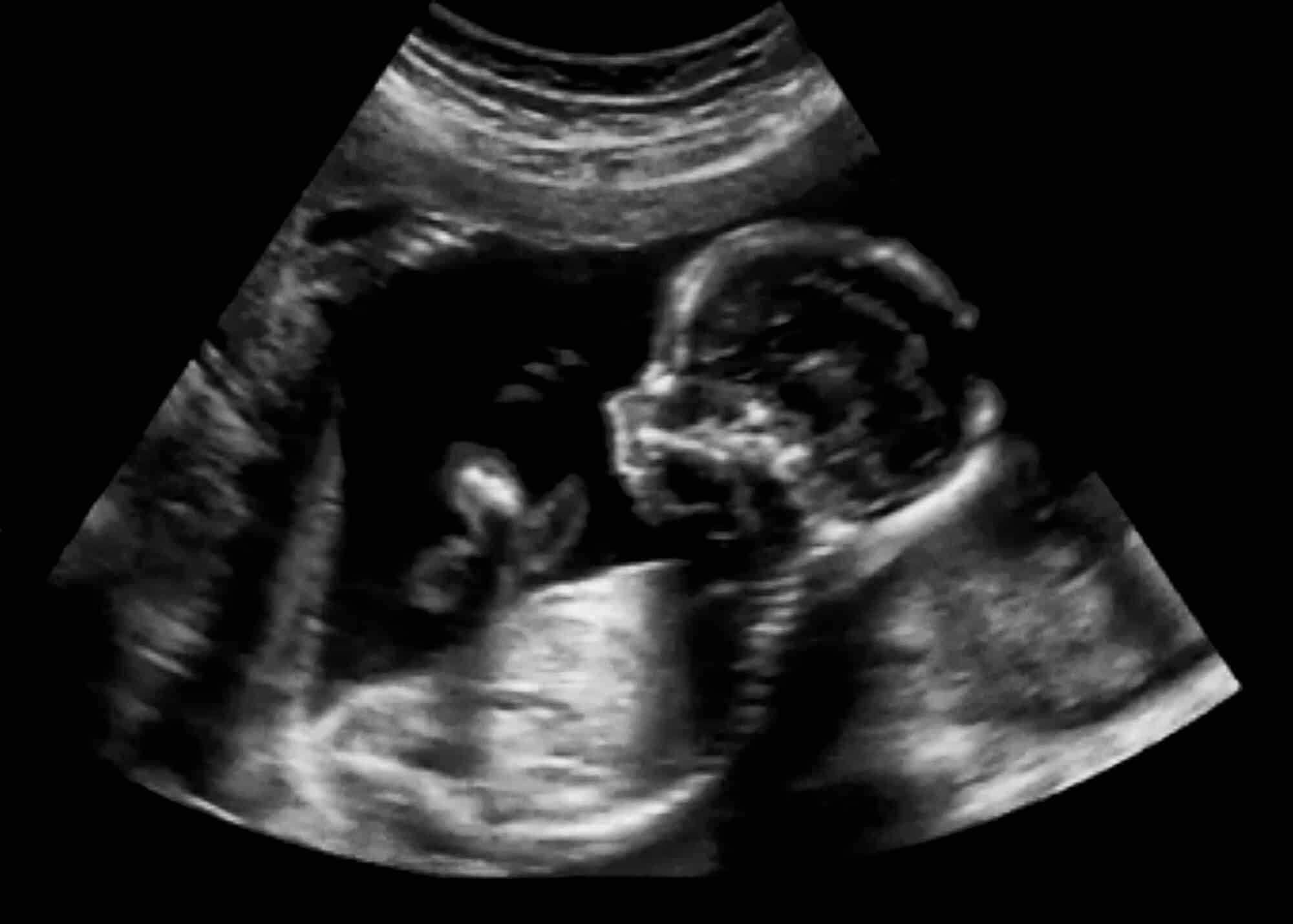This is according to research at the National Center for Autism and Neurodevelopmental Research at Ben Gurion University and the Soroka Medical Center

Abnormal anatomical findings in the structure of the heart, kidneys, and head were discovered in routine prenatal ultrasound examinations in fetuses that developed autism after birth. Researchers from the Azrieli National Center for the Study of Autism and Neurodevelopment at Ben-Gurion University of the Negev and Soroka University Medical Center: "Early signs of autism can be detected as early as the second trimester of pregnancy." The research findings were published in the prestigious journal Brain.
Comparing ultrasound findings of fetuses who later developed autism in childhood with their brothers who developed normally and children without developmental problems at all, led to the conclusion that early signs of autism can be detected in a routine prenatal ultrasound examination, already in the second trimester of pregnancy. This was the conclusion reached by researchers from Ben-Gurion University of the Negev and doctors from the Soroka University Medical Center who are partners in the Azrieli National Center for Autism and Neurodevelopmental Research.
The study revealed that in about 30% of the fetuses who were later diagnosed with autism, abnormal anatomical findings were discovered in the examination of the system overview that is routinely performed for women in the second trimester of pregnancy. This rate is 3 times more than the rate of such findings in the general population and 2 times more than found in their brothers, who have normal development. The ultrasound findings that showed the strongest connection to autism were abnormal anatomical findings in the structure of the heart, kidneys, and head. Also, these findings were more common in girls with autism than in boys with autism and were also related to the severity of autistic symptoms in these children.
"The results of this study indicate that early signs of autism can be found in the womb," he said Prof. Idan Menashe from the Department of Public Health, Faculty of Health Sciences at Ben-Gurion University of the Negev who led the research. "Doctors will be able to use these signs, which can be detected in a routine ultrasound examination, to assess the chance of giving birth to a child with autism."
"The findings are not unique to autism, but in such a case doctors could use these signs and refer the women to a genetic institute to assess the chance of having a child with autism," she said. Prof. Reli Hershkowitz, the director of the obstetrics and gynecology division at Soroka Hospital.
"Previous studies have shown that children born with congenital diseases, especially those involving the heart and kidneys, are more likely to develop autism. These findings indicate that biological (genetic) mechanisms that contribute to the development of autism are the same mechanisms responsible for the development of these organs," he explained. Prof. Menashe.
The research is led Prof. Idan Menashe, in which the medical student's doctoral thesis was conducted Regev fan, in collaboration with other researchers from Ben-Gurion University and doctors from Soroka Hospital and Klolit Hospital: Prof. Ilan Dinstein, Dr. Gal Meiri, Dr. Amnon Hadar, Dr. Hagit Flosser, Dr. Analia Michalovsky and Prof. Reli Hershkowitz.
This study (No. 1092/21) was supported by the National Science Foundation and used data from the National Autism Research Database funded by the Ministry of Science and Technology and the Azrieli Foundation.
More of the topic in Hayadan:
- Artificial intelligence for heart health
- Autism begins many months before symptoms appear
- Research has discovered what happens in the brains of children with autism when they sleep
- New research at the Technion reveals a mechanism for precise and individual control of brain activity using ultrasound waves
- A surprising link between autism and Alzheimer's
- Researchers have linked for the first time between high cholesterol in the mother and the risk of autism

4 תגובות
As stated in my previous response, it is possible to sue Soroka Yael Hospital for performing improper tests!??
I did all the tests, they said everything was normal, so why are they just talking and not saying there is an abnormality????
Enough with the murder and bloodshed enough with the lying
Very nice. These are exactly the pieces of the puzzle that science expects artificial intelligence to search for and find within the wealth of information. 30% here and another 2-3 there and another 5 here and there the statistical clinical picture is starting to become clear. The challenge is not developing the algorithms but increasing the sample size and removing excess regulatory barriers of the Helsinki Committee that are not necessarily relevant in every study in the same way.